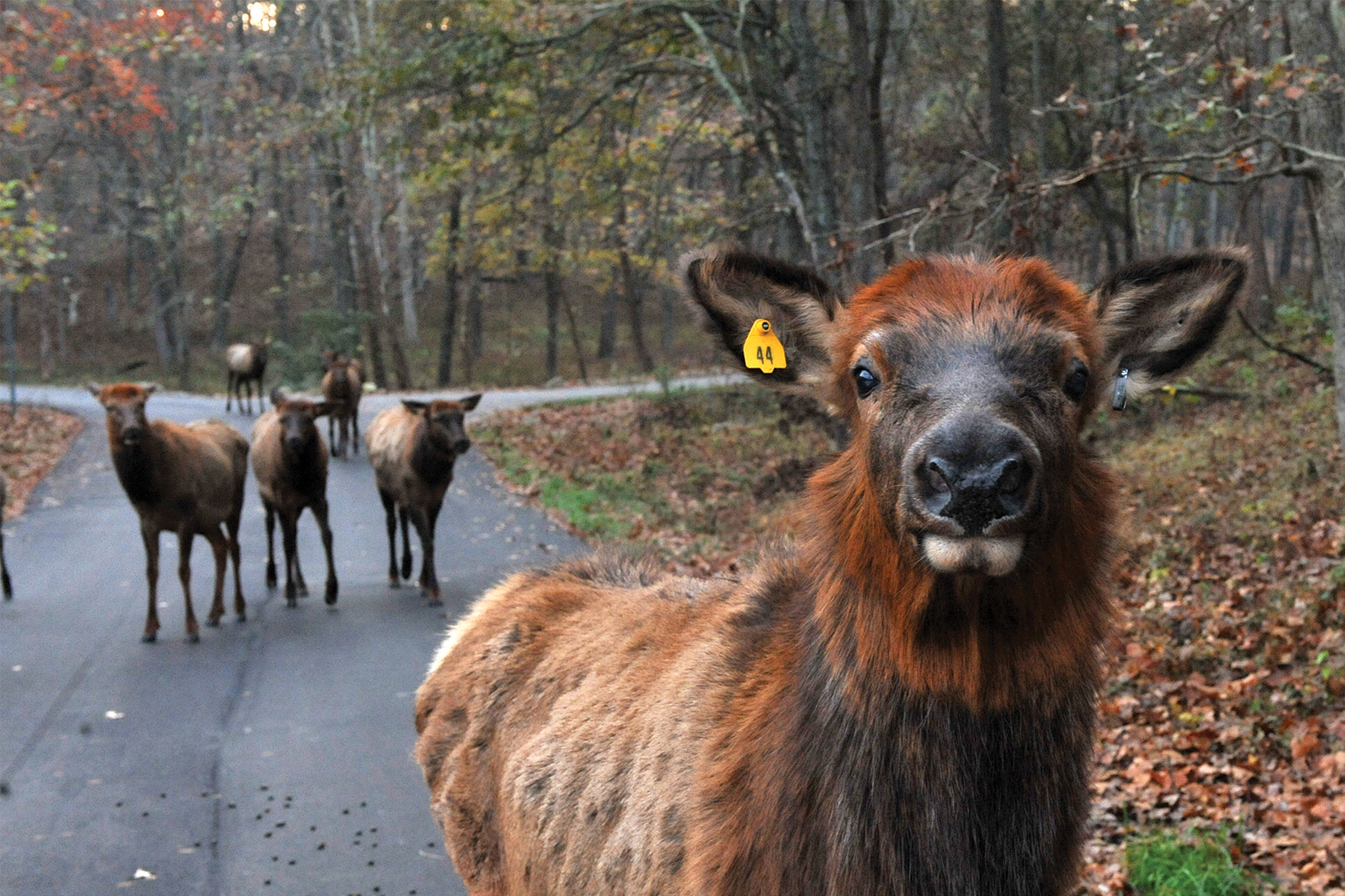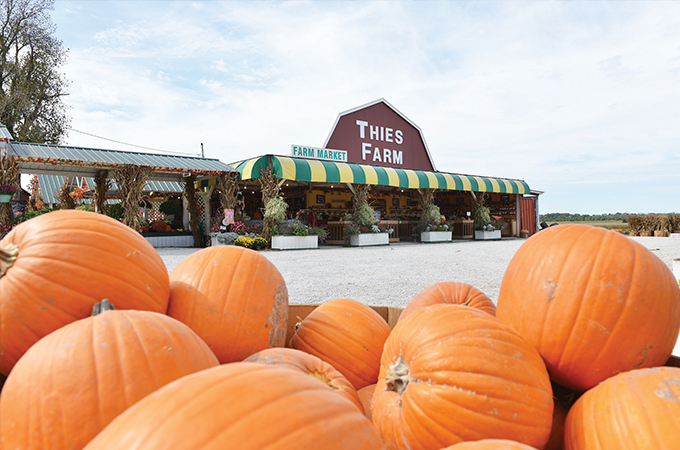Even though Lone Elk Park was named in honor of one very resourceful elk who walked the grounds decades ago, the wildlife park is bustling with wildlife these days. Twenty-two elk and seven bison call the 528-acre park home. Visitors also can find geese, waterfowl, water turkeys and white-tailed deer on any given day. “People are usually surprised at how close you can get to the animals,” park supervisor Jim Emery says. “For being as close as we are to an urban area, it’s very uncommon. Early in the morning, you can be within a couple of feet. That seems to impress people the most.”
With a 3.2-mile hilly trail to hike and a car path, visitors can either walk or drive through the area. However, there are warning signs throughout the park to remind people that the 500-pound animals can be dangerous. During mating season, visitors are encouraged only to drive and remain in their cars. “They will treat you like an elk, and you really have to keep on your toes,” Emery says. “There is nothing like these animals. They are truly wild. It takes 1,000 years to domesticate animals, and we have not been around elk and bison that long.”
The park stretches 528 acres, 400 of it fenced, and the bison have 100 acres to themselves. But just as visitors on foot have been injured by the animals, so too have cars. “Bison can be dangerous anytime and have been known to damage cars,” Emery says. “We make it clear that they enter at their own risk. Bison always give off signs just like cattle and horses do before they get aggressive.
But people don’t always see the signs. Anytime you have animals—even domesticated ones—there is always a risk of danger.” Few are scared away from getting an up-close look at the park’s beauty. Each season provides visitors a different glimpse into the lives of the animals. Summer is when babies are born, and fall is when the elk rut and bugle, which is a majestic sound only heard during the mating season. When it snows, cars are lined up outside waiting for the road to be cleared and the gates to open because of the unique view.
The property, which was part of the Tyson Valley Powder Plant, was used by the Army to test fire ammunition before World War II and during the Korean War. Since St. Louis County took possession of it in 1971, it has been transformed by its inhabitants. “Sometime when the Army had it, they had elk roaming around,” Emery says. “At one point, for safety reasons, they decided there were too many and shot them. The story is that one remained within these boundaries, and that’s how the park got its name in the 1970s. I can’t prove it, but I suspect that lone elk’s bloodline is probably still here.”
when » Open every day of the year except Christmas; 8 a.m. to one half hour past official sunset
where » 1 Lone Elk Park Road; I-44 N. Outer Road, west of Hwy. 141
why » To experience bison and elk in their natural habitat up close
Photo: Bill Barrett








